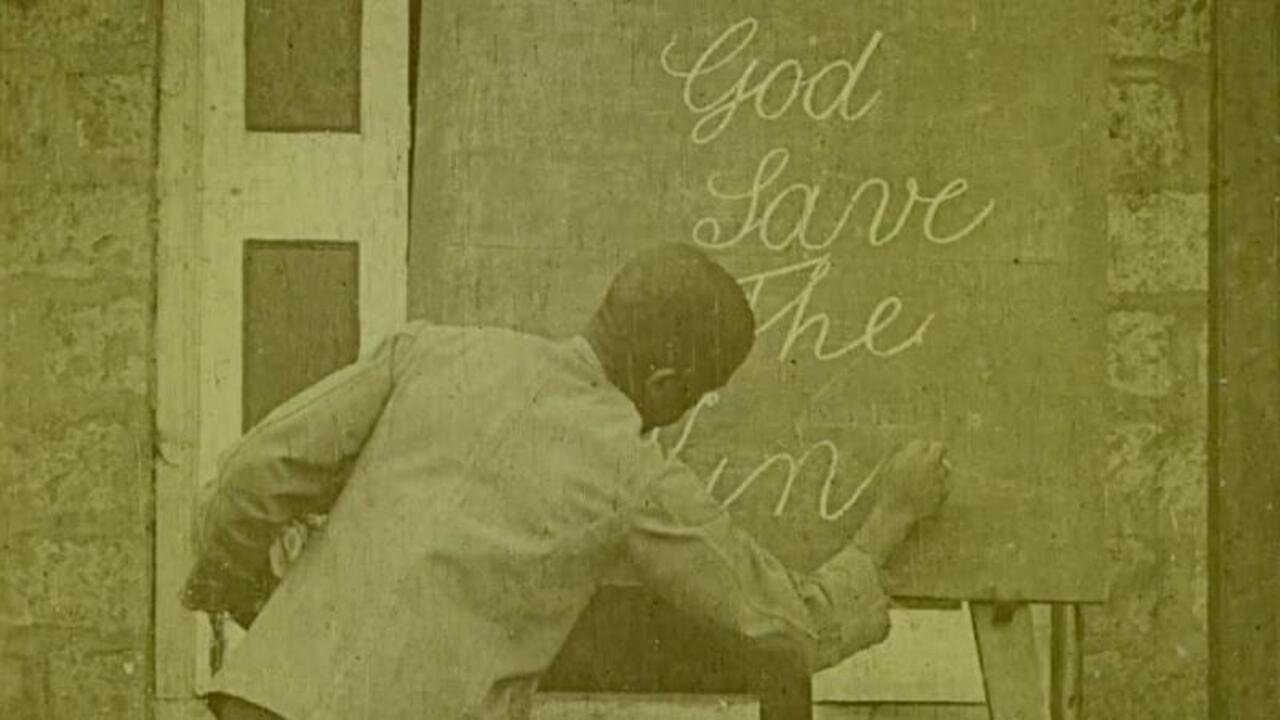
Montreal and India
1922
0h 5m
0.0(0 votes)
Documentary
Overview
The Taj Mahal and shots of Jalandhar nestle between footage from Canada and Africa.
Production Companies

Videos & Trailers
1 video

The Taj Mahal and shots of Jalandhar nestle between footage from Canada and Africa.
